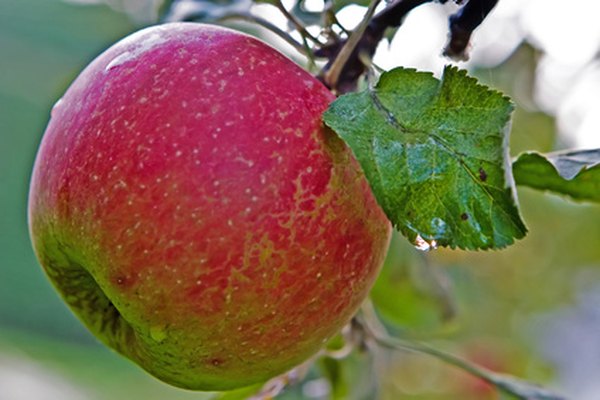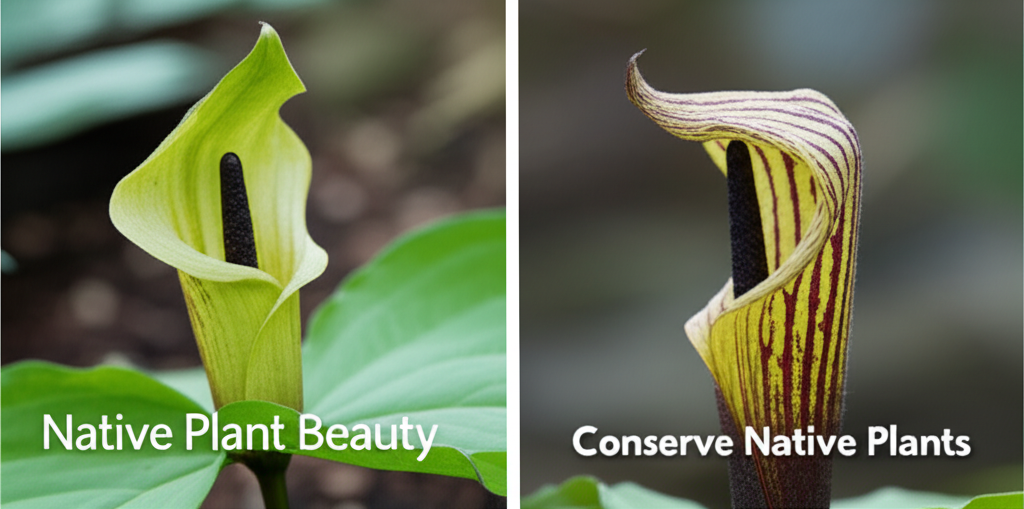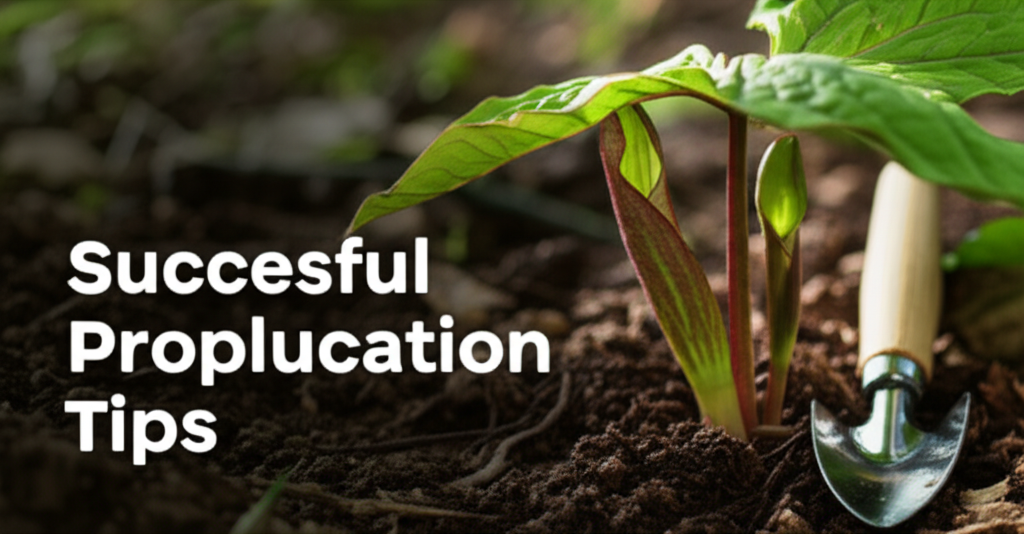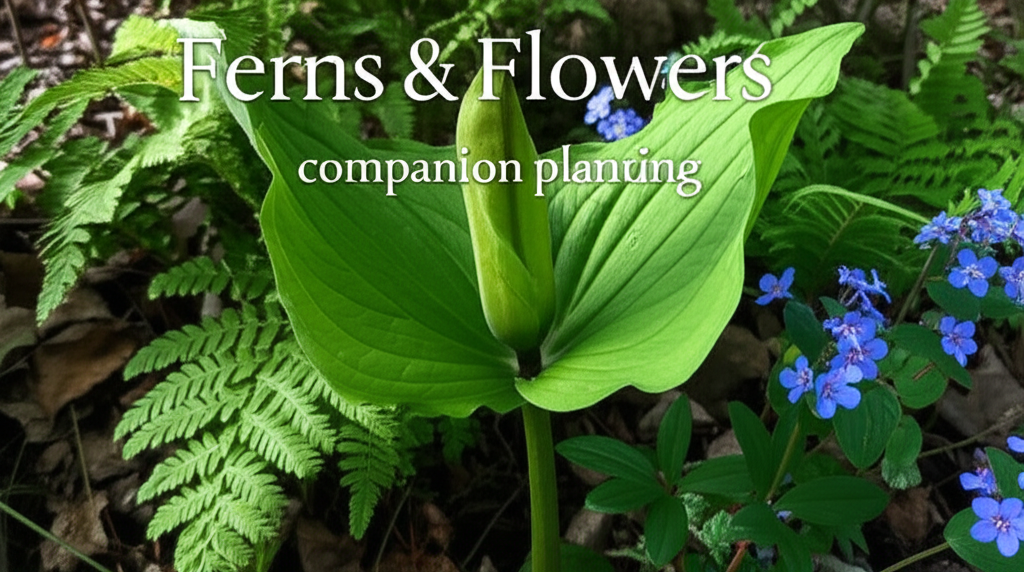Seeds are produced by the flowers of a plant. From the towering trees to the tiniest weeds, every plant produces seeds to carry on its legacy.
Seeds serve as a means for plants to reproduce, ensuring the continuation of their species. They are a product of sexual reproduction, which involves the union of a plant’s male and female reproductive parts. The flower, specifically its reproductive structures, gives rise to the seed.
Without seeds, the world’s diverse flora may not have existed today. Understanding the different types of seeds and how they are produced can contribute to the study of botany and agriculture. It also highlights the importance of preserving plant varieties for the future generations to come.
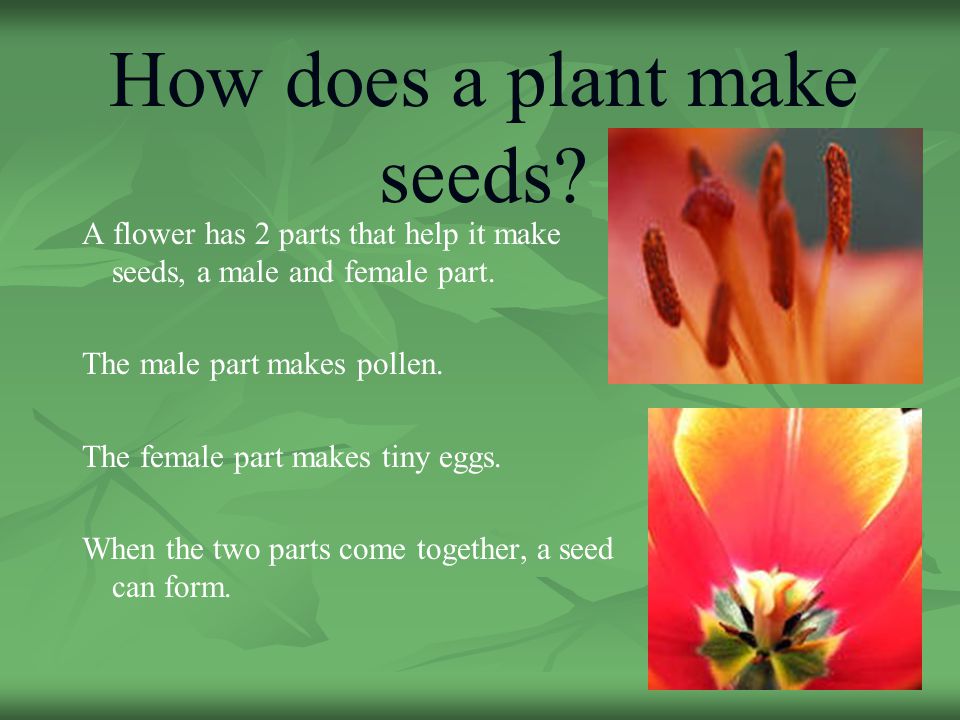
Credit: slideplayer.com
The Anatomy Of A Seed-Producing Plant
Understanding The Different Parts Of A Plant
Plants are remarkable organisms that sustain life on earth. They come in a variety of sizes, shapes, and colors, but all of them share common characteristics. Understanding the various parts of a plant is crucial to learn how they function and reproduce.
- The root is the part of the plant that grows underground and anchors it to the soil. It also absorbs water and nutrients from the soil.
- The stem is the main body of the plant above the ground. It transports water and nutrients from the roots to the leaves.
- The leaves are responsible for photosynthesis, which creates food for the plant. They contain a green pigment called chlorophyll that absorbs sunlight to produce energy.
- The flowers are the reproductive organs of the plant. They attract pollinators such as bees and butterflies to transfer pollen from the male to the female flowers.
Overview Of The Reproductive Process In Plants
The reproductive process in plants is different from that of animals. They don’t have an internal reproductive system and rely on external agents such as wind, water, or animals for pollination.
- Pollination is the transfer of pollen from the male part of the flower to the female part. It can happen within the same flower or between different flowers of the same or different plants.
- Fertilization occurs when the sperm cell from the pollen combines with the egg cell in the ovary. This creates a zygote, which develops into a seed.
- The seed contains an embryo, which will germinate and grow into a new plant.
Overview Of The Plant Life Cycle
The plant life cycle consists of several stages, from seed to mature plant, and back to seed again.
- Germination is the first stage, where the seed begins to sprout and grow roots and shoots.
- Vegetative growth is the stage where the plant grows leaves, stems, and roots. It is also when the plant undergoes photosynthesis to produce food.
- Reproductive growth is the stage where the plant produces flowers and undergoes pollination and fertilization.
- Seed production is the final stage, where the plant produces seeds that will eventually grow into new plants.
Understanding the anatomy of a seed-producing plant is vital to understand how they function and reproduce. Plants have evolved a unique reproductive process that relies on external agents for pollination, and they go through a life cycle from seed to mature plant and back to seed again.
Parts Of A Flowering Plant Responsible For Seed Production
A Closer Look At The Reproductive Structures Of A Flowering Plant
The process of sexual reproduction in plants is essential to ensure genetic diversity, which increases the plant’s chances of survival. The flowering plant is the most common type of plant that uses this method of reproduction. To understand the parts of a plant that produce seeds, we must first take a closer look at the reproductive structures of a flowering plant.
- Flowers are the primary reproductive structures of a flowering plant.
- The flower is made up of four whorls of modified leaves: Sepals, petals, stamen, and carpels.
- The stamen and carpels are the reproductive organs of the flower, while the sepals and petals protect and support the reproductive organs.
- The carpel is the female reproductive organ that contains the ovules, while the stamen is the male reproductive organ that contains the pollen.
- The fusion of the pollen and the ovule results in the formation of a seed within the carpel.
How The Flowers Grow And Develop
The growth and development of a flower from a bud to a mature bloom is a complex process that takes place over several stages.
- During the first stage, the flower bud develops.
- In the second stage, the petals, stamen, and carpels differentiate and become visible.
- In the third stage, the reproductive organs mature, and the flower opens up.
- The fourth stage involves pollination, the process where pollen is transferred from the stamen to the carpel.
- The fifth and final stage is when the fertilized ovule develops into a seed, and the flower’s petals wither away.
The Role Of The Flower In Seed Production
The flower plays a crucial role in seed production as it is the primary reproductive structure responsible for the production of seeds.
- The flower produces the gametes necessary for sexual reproduction.
- The male and female reproductive organs of the flower must fuse to produce a zygote that will develop into a seed.
- The deposition of pollen onto the carpel’s stigma is followed by the growth of a pollen tube that transports the male gamete to the ovule.
- Once inside the ovule, the male gamete fertilizes the female gamete forming a zygote that develops into a seed.
- The flower’s sepals and petals protect the reproductive organs and provide support for the pollinators that help with pollination.
Understanding the parts of a flowering plant responsible for seed production requires a deeper understanding of the reproductive structures of the plant. The flower is the essential structure in seed production, with the male and female reproductive organs fusing to form a zygote that develops into a seed.
The growth and development of the flower take place over several stages, and this process is necessary to ensure genetic diversity, which increases the plant’s chances of survival.
The Role Of Pollination And Fertilization In Seed Production
What Part Of The Plant Makes Seeds: The Role Of Pollination And Fertilization In Seed Production
Seeds form a vital part of the plant where their genetic information passes to the next generation and ensure plant’s survival. The process of seed production involves pollination and fertilization, which makes viable seeds. Below we will discuss the process of pollination, different types of pollination, and the importance of fertilization in producing viable seeds.
Understanding The Process Of Pollination
Pollination is the process where the male gametes from the pollen grains are transferred to the female’s reproductive organs to create viable seeds. The process can occur either within a flower or between flowers using external agents. Here are a few significant points that explain the process of pollination:
- Pollen grains consist of male gametes, and it moves from the stamen to the pistil’s stigma.
- Insects and wind are generally responsible for carrying pollen grains from one flower to the other.
- Insects are attracted to flowers by their colors and fragrances.
- The transfer of pollen grains to the stigma fertilizes the ovary that leads to seed formation.
Different Types Of Pollination In Plants
Some plants use self-pollination that ensures the pollen grains from the same flower get transferred to the stigma. However, other plants require cross-pollination from different flowers or species to produce viable seeds. Here are a few types of pollination:
- Self-pollination: Self-pollination occurs when pollen from the same plant is transferred to the stigma. Plants like peas, sunflowers, and tomatoes use self-pollination as their primary method of pollination.
- Cross-pollination: When the pollen grains of a flower are transferred to the stigma of another flower on another plant, it is known as cross-pollination. Wind and pollinators like butterflies, bees, and birds aid cross-pollination.
- Insect pollination: Insects are known as bioagents as they carry out pollination. They are naturally attracted to bright colors and fragrance in flowers. As they land on the flowers, pollen grains stick to their bodies that are then carried to other flowers, pollinating them in the process.
- Wind pollination: In wind pollination, wind itself is the mode of pollination. The pollen grains are light and dry and are easily carried by the wind from flower to flower.
Importance Of Fertilization In Producing Viable Seeds
Fertilization is the process of combining the male and female gametes to produce viable seeds. Here are a few points that explain the importance of fertilization:
- The fusion of the male and female gametes produces a zygote that grows into a new plant.
- Fertilization ensures genetic variation, which is essential for the survivability of the species.
- Viable seeds, produced after fertilization, ensure the continuation of the plant species in subsequent generations.
Pollination and fertilization are crucial processes in producing viable seeds that ensure the continuation of plant species, and plants use a variety of methods to carry out pollination. These methods ensure genetic variation that supports the survival of the species.
Anatomy Of A Seed: Structure And Function
Plants reproduce using seeds, which are embryos enclosed in a protective coat. Understanding the different parts of a seed is crucial in comprehending the entire plant life cycle. The anatomy of a seed includes three primary parts: the seed coat or testa, the endosperm, and the embryo.
Understanding The Different Parts Of A Seed
- The seed coat or testa: This is the protective outer layer that surrounds and protects the inner parts of the seed. It is responsible for preventing the internal structures from becoming dehydrated, damaged, or infected.
- The endosperm: This is a starchy tissue that provides food for the developing embryo. It also contains essential nutrients required for germination, such as proteins, carbohydrates, and lipids.
- The embryo: This is the part of the seed that eventually develops into a mature plant. It consists of three main parts: the cotyledons, the radicle, and the epicotyl. The cotyledons store and convert the nutrients found in the endosperm. The radicle is the embryonic root that eventually anchors the plant to the ground. The epicotyl is the undeveloped shoot that, when exposed to sunlight, produces the first set of leaves.
The Role Of Each Part In Seed Germination
- The seed coat or testa: The seed coat acts as a protective shield to prevent the internal structures from being damaged or infected. Once it is exposed to the right amount of water, the seed coat softens, allowing the embryo to break out.
- The endosperm: The endosperm provides the food and nutrients needed for the embryo’s development. During germination, the starch in the endosperm is broken down into simple sugars, which are then used as an energy source for the embryo.
- The embryo: The embryo contains everything necessary to grow into a mature plant. During germination, the radicle of the embryo grows and pushes through the seed coat, allowing the embryo to establish itself in the soil and photosynthesize.
Factors That Affect Seed Viability And Germination Rates
Seed viability and germination rates can vary depending on a range of factors. These include:
- Water availability: Seeds require sufficient water to germinate. However, too much water can cause them to rot, lowering their viability.
- Temperature: Seeds require specific temperature conditions to germinate effectively. Each species has its optimal temperature range.
- Light conditions: Some seeds require light to germinate, while others do not. This requirement varies from species to species.
- Soil quality: Soil fertility, moisture, and nutrient levels may affect seed germination rates. Ideal soil conditions can improve seed viability.
Understanding the anatomy and functions of a seed is critical to comprehend the entire plant life cycle. Factors such as water availability, temperature, light conditions, and soil quality can affect seed viability and germination rates. By knowing these factors, gardeners and farmers can ensure the most favorable conditions for seed germination.
Different Types Of Seeds And Their Characteristics
Overview Of The Different Types Of Seeds
Seeds are the reproductive part of plants that grow into new plants. The different types of seeds can be classified based on their structure and the number of cotyledons or embryonic leaves that they contain. Generally, seeds can be divided into two categories: monocotyledonous seeds and dicotyledonous seeds.
Differences And Similarities Among Monocotyledonous And Dicotyledonous Seeds
Monocotyledonous seeds, such as corn and rice, have only one cotyledon, while dicotyledonous seeds, such as beans and peanuts, have two cotyledons. Monocots differ from dicots in their seed structure as well as in other characteristics, such as the arrangement of their leaves and the number of flower parts.
However, both types of seeds have a similar basic structure, consisting of an embryo, a food source, and a protective coat.
How Seed Structure Varies Among Different Plant Families
Seed structure can vary widely among different plant families. For example, some seeds, such as those of maple trees, have wings that allow them to be carried by the wind, while others, like those of legumes, have a hard outer coat that needs to be softened before germination.
Additionally, some seeds, such as coconuts, have a fibrous outer layer that protects them from damage.
Understanding the different types of seeds and their characteristics can be helpful to gardeners and farmers in selecting the best plants for their needs. By knowing which types of plants produce seeds that are best suited for specific growing conditions, it’s possible to generate healthy and productive crops.
Frequently Asked Questions For What Part Of The Plant Makes Seeds
What Is A Seed In A Plant?
A seed is the reproductive part of a plant that acts as a tiny self-contained embryo that will grow into a new plant under the right conditions.
How Are Seeds Formed In Plants?
Seeds are formed through a process called pollination, fertilization, and maturation. Pollen from the male reproductive organ mixes with the female reproductive organ to form a new seed.
What Is The Function Of A Seed In A Plant?
Seeds serve as a means of reproduction for plants and help carry on their genetic traits. They also help plants survive harsh environmental conditions and disperse to new areas.
What Are The Different Types Of Seeds?
There are two main types of seeds, monocotyledonous and dicotyledonous. Monocots have one embryonic seed leaf, while dicots have two. Other types of seeds include gymnosperms and angiosperms.
How Do You Plant Seeds Correctly?
To plant seeds correctly, you need to select the right soil, choose the right location, and ensure that the seeds have the right amount of moisture and light. The depth of planting and spacing also vary depending on the type of seed.
Conclusion
The parts of a plant that make seeds are an essential aspect of plant reproduction. Understanding the structure and function of the seed-producing parts can benefit you as a gardener, farmer, or simply as a plant enthusiast. Seeds are often used to start new plants and are an invaluable source of plant genetics, which can foster diversity and innovation.
While there are different types of seed-producing parts, such as cones, flowers, and fruits, they all share the same mission of creating viable offspring. It is also important to note that certain plants produce seeds in different ways, such as through natural pollination, artificial breeding, or cloning.
Regardless, seeds are an integral part of the plant life cycle, and as stewards of the natural world, we can appreciate their significance and endeavor to protect them.
